
European Americans began exploring and living in southern Utah in the late 1700s. Traders from New Mexico led initial explorations and blazed the Old Spanish Trail, a portion of which follows the Virgin River. During the next century, American fur trappers and government surveyors added new overland travel routes across the region. ExplorersIn July of 1776, two Franciscan friars, Atanasio Dominquez and Silvestre Velez de Escalante, departed the mission in Santa Fe, New Mexico in order to establish a route to the Presidio of Monterey, California. Their expedition proved unsuccessful, however, and the group was forced to turn around in southern Utah. Their return trip took the missionaries over the Virgin River thirty miles south of Zion National Park through the extensive agricultural and irrigation systems engineered by the Southern Paiute. Though they failed to reach their destination, the subsequent attempts to reach the West Coast over the next two decades created an extensive network of trails between New Mexico and California. By 1848, the routes were regularly used for both merchant caravans and to source slave labor from the Paiute peoples in the region. John Wesley PowellIn 1872, as part of western surveys conducted by the U.S. Geological Survey, John Wesley Powell and his expedition journeyed from what is now Mt. Carmel Junction through Parunuweap and ending at the base of the main canyon. He was accompanied by a crew which included Frederick S. Dellenbaugh, whose paintings and photographs of the Zion would later introduce the world to the canyon landscape. These early pack trails soon became well-used wagon roads, connecting Santa Fe to the California markets. 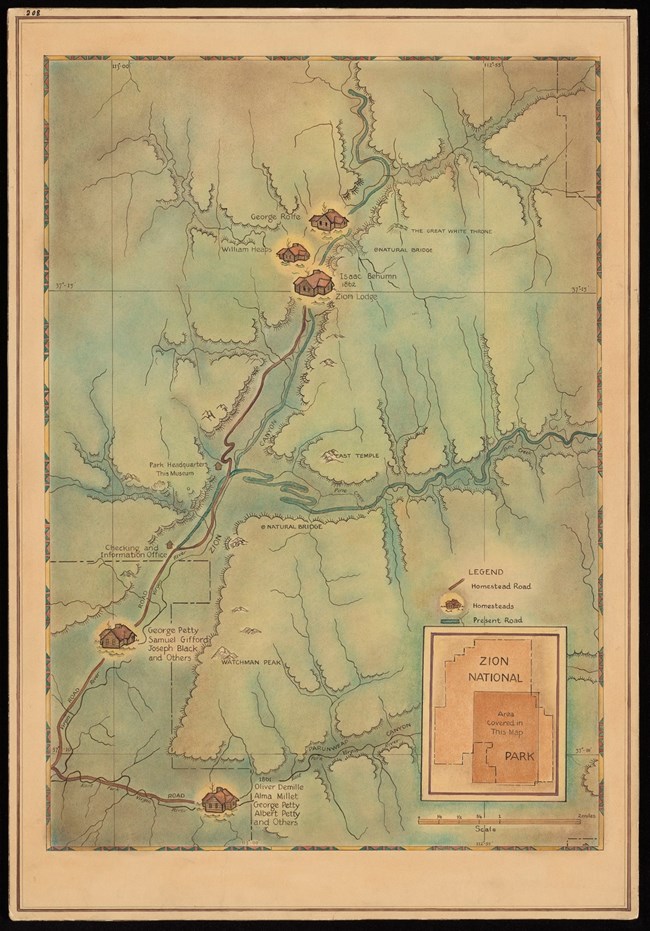
European American HomesteadersIn 1847, Brigham Young led members of the Church of Jesus Christ of Latter-Day Saints to the Utah territory and established settlements in the Great Salt Lake Valley. A few years later, Young sent members to settle and grow cotton in the southern part of the Utah territory. During the 1860s, towns such as Shunesberg, Springdale, Grafton, Adventure, and Paradise sprang up along the upper Virgin River. In 1863, Issac Behunin built the first log cabin in Zion Canyon, near the location of the present-day Zion Lodge. Soon the canyon was dotted with other homesteads, including that of William Crawford near Oak Creek. During the remainder of the century, the small communities and homesteads which had popped up in and around the canyon struggled to survive. Catastrophic flooding by the river, little arable land, and poor soils made agriculture in the upper Virgin River a risky venture. Some of these settlements, such as Shunesberg and Grafton, were ultimately abandoned for more favorable locations. 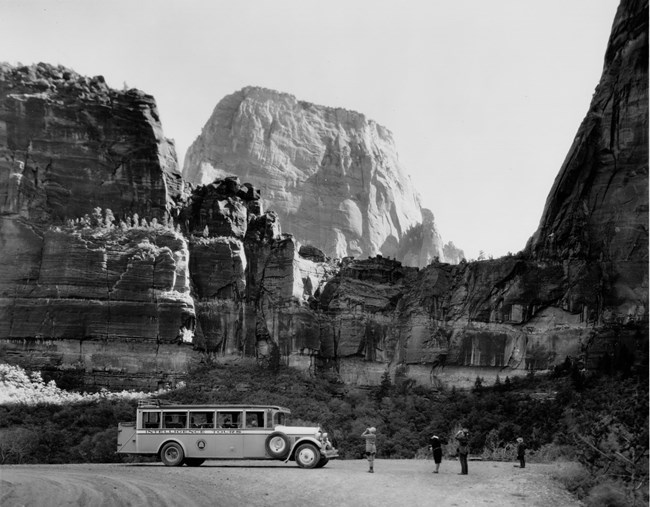
Early TourismBy the first decade of the twentieth century, the scenic qualities of the area had been recognized as a potential destination for tourism. In 1909, Mukuntuweap National Monument was established in Zion Canyon by President William Howard Taft under the authority granted in the 1906 Antiquities Act. However, due to the poor condition of existing roads and the closest railhead being a hundred miles away, the new monument was virtually inaccessible to visitors. The Utah State Road Commission, established in that year, began construction on a state highway system that would eventually improve access to the southern region of the state. State officials also negotiated with the Union Pacific Railroad to develop rail and automobile links to tourism facilities in southern Utah. By the summer of 1917, touring cars could finally reach Wylie Camp, a tent camping resort that comprised the first visitor lodging in Zion Canyon. 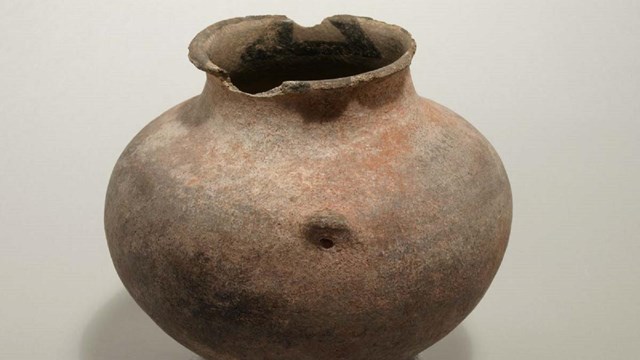
Museum Collections & Archives
Explore museum and archives collections of Zion. 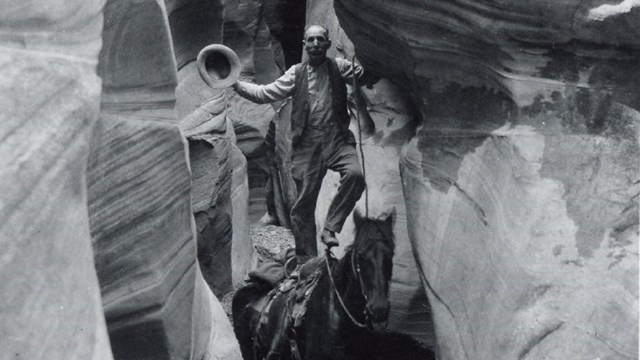
People
Learn more about the diverse peoples who have called Zion home for thousands of years. 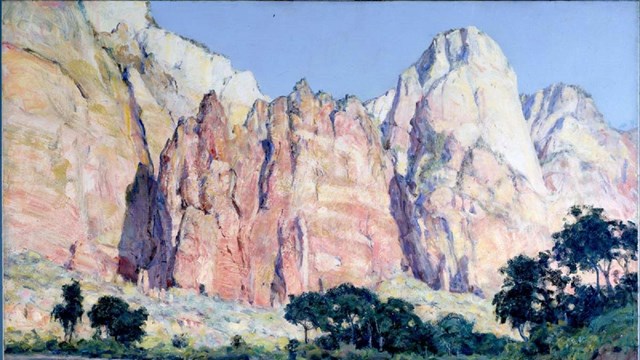
Places
Discover historic places and structures at Zion. |
Last updated: June 4, 2025
